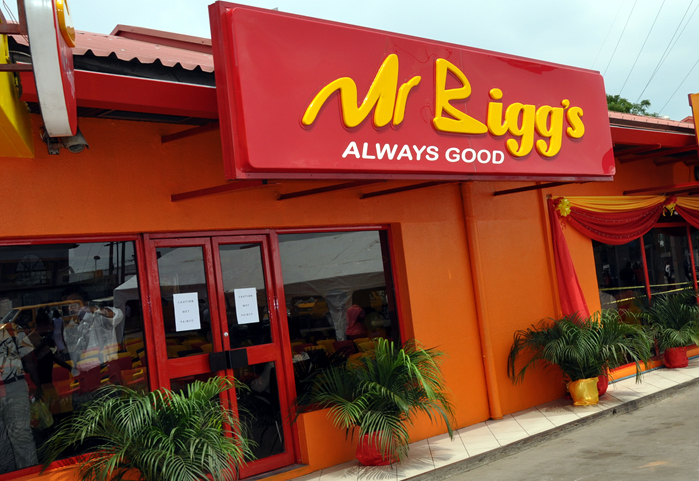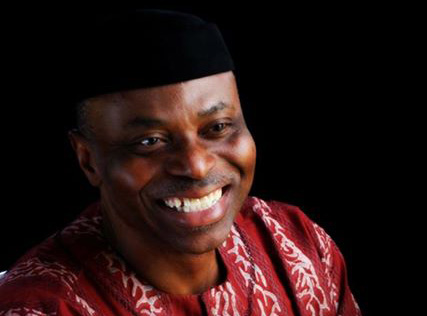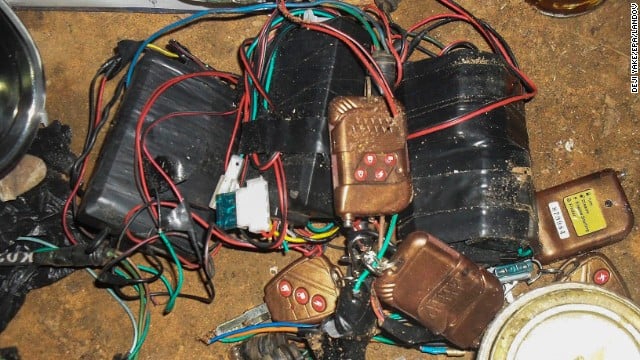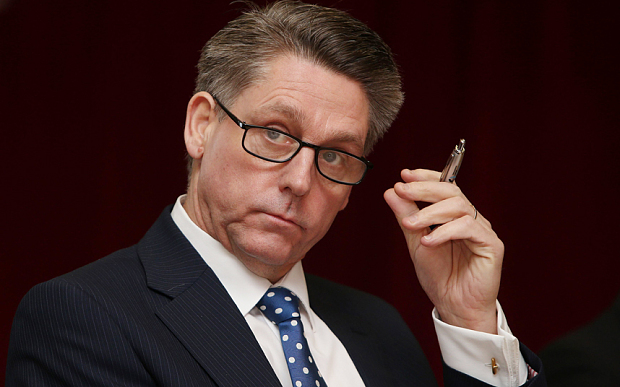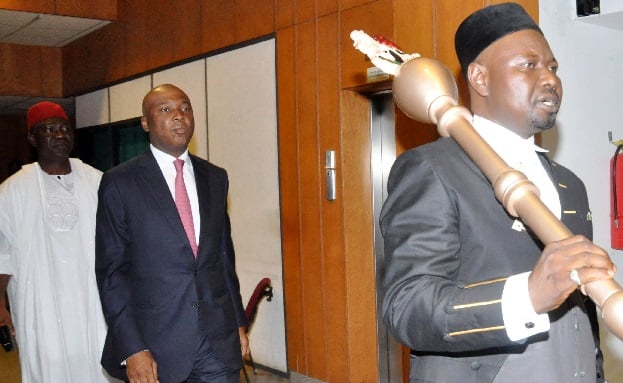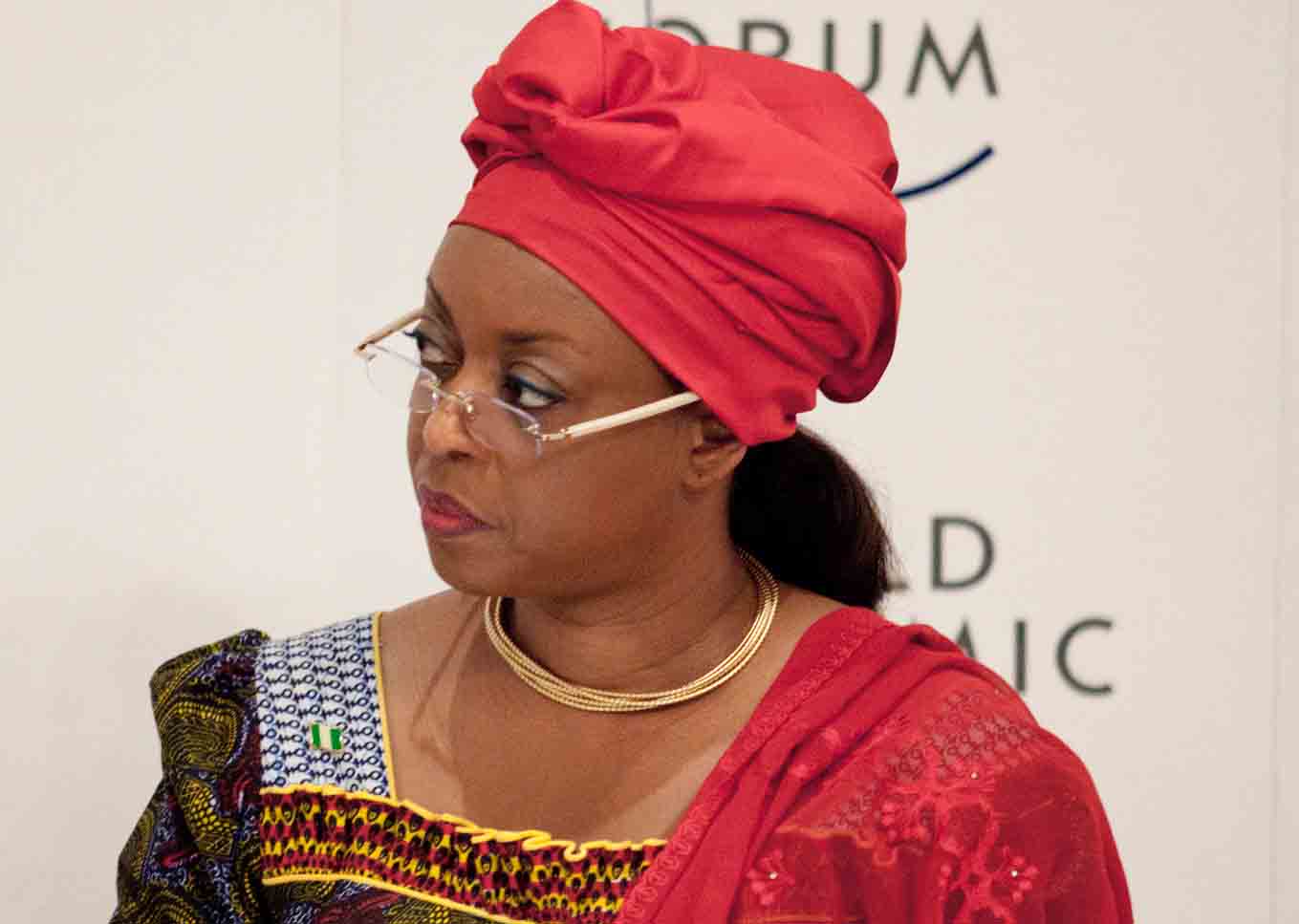A few weeks ago, an alarm was raised within civil society circles, that the women and children recently rescued from Sambisa forest had been ‘kidnapped’ from a camp in Yola, Adamawa State, by people claiming to be security agents. Further enquiries led to the information that agents of the Office of the National Security Advisor (ONSA) had relocated them to a facility near Abuja. Indeed, having witnessed the launch of the Countering Violent Extremism (CVE) programme by ONSA, with its lofty ideas on counter-terrorism and de-radicalization, I had a general idea of the four sectors that the CVE programme was designed to address.
In summary, the De-radicalization programme was established to reform convicted terrorists, as well as to address those suspected of terrorism. Categorized in two broad parts, one is meant to cover those arrested and in custody, who are expected to go through the criminal justice system, while the second division addresses those boko haram members who give themselves up, voluntarily. Those to be de-radicalized undergo religious instruction and ideological engagement with a team of trained Imams, along with psychological counseling, vocational skills and educational classes, sports and arts, to enable them live a productive life thereafter.
The second component is the Counter-radicalization programme; a community-based project working with traditional leaders, religious leaders, civil society, mothers and State Government officials to identify early signs of radicalization, aimed at preventing youth from joining these groups. Then there is a Strategic Communications component comprising research and analysis of terrorist groups and their links and design products, thereby building capacity to counter terrorist narrative, over time. Last but not the least, the Platform for Psychology has developed a National Framework for the provision of post-traumatic stress disorder care in concert with the National Primary Healthcare Development Agency.
A Centre for Psychology is in the offing, that is intended to provide research and training as well as set up standards for the provision of psychological counseling, bearing in mind the huge challenges that have been thrown up in so many parts of the country, and especially in the North East. A Centre for Post-Traumatic Stress Disorder has already been opened in Kano, run on behalf of the ONSA by the Murtala Mohammed Foundation. The Military is also in the process of setting up it’s own Centre to deal with post-traumatic stress disorder in the armed forces.
Advertisement
As with many Nigerians, I had been nurturing this feeling of helplessness, having heard and read of all the violence, related to deaths and disruptions to lives and property, following the incessant attacks by the insurgents in the North East. A natural skeptic, I ventured to seek for the opportunity to visit those rescued, to ascertain their conditions. My concerns revolved around the children, the rumours that some of the young girls were said to be pregnant and also, if the conditions they were living in were friendly and responsive to the needs. I yearned to know if there was any meaningful support to be offered our hapless citizens, caught up in the horror that is notoriously now known as Boko Haram.
Information had it that there were currently 263 women and children being catered for in a De-radicalization facility, with 201 being children below the age of 10, and 62 women, mostly young and illiterate. 17 of the adolescent girls were said to be at various stages of pregnancy, most of them in their third trimester. My request granted, in the company of the Director in charge of the CVE project, a trusted friend and her aide, we were given a guided tour around the well-secured facility by the head of the facility. After signing in formally, we were led into a large room while a church service was being conducted.
Women, with babies, were sitting on chairs listening avidly to the Pastor, while some of the small children sat around on mats, generally playing with a helper. At the end of the hall, a counseling session was going on, with a Pastor, an interpreter and one woman clutching on to a child struggling to be let loose. We engaged the seated women, who seemed comfortable in the surroundings, although they routinely answered our questions in monosyllables, perhaps wary of speaking with strangers who seemed unduly curious about their predicament. With sad eyes and an attitude of resignation, any speech was limited to expressions of gratitude to the staff of the facility.
Advertisement
Staff informed us that when rescued persons are brought into their premises, the first port of call is the room where their biometrics, photos and family details (for the purposes of tracking their relations) are taken. We saw officers sitting, sifting through and analyzing the data collected, on computers with cameras. We heard that so far, the Red Cross had assisted in tracking relations of about 20 of the rescued visitors, as it was not an easy task. Most of the children were so young they could not give their own names, not to talk of their parents!
After the data collection, the medical team then takes over, with necessary vaccinations (hepatitis and other infectious diseases), tests and screening (for HIV and other ailments) being administered. They then undergo ‘one on one’ expert assessments for trauma, to ascertain the various dimensions and categories of distress. Counseling follows, each according to the assessment and findings of the team of psychologists working there. We met the leader of the team of psychologists, who painstakingly explained to us the processes, treatment and timelines being offered to the women and children in the facility. We also saw 6 secluded cubicles, with trained interpreters facilitating the assessments being conducted by the psychologists.
We were taken round the residential quarters, which rooms each had three bunk beds and the names of the residents on the wall outside. The rooms were clean and had cross ventilation, and two ceiling fans. The beds had mattresses and clean bed sheets, with a few clothes thrown on the beds, indicating that they were occupied. We were informed that as much as possible, families and familiar faces were roomed together, which explained why many of the surnames were similar. Indeed, we heard of a young lady who, from her sojourn in Sambisa forest, had ‘adopted’ 5 children, so efforts had been made to ensure that they were all living in the same room. Again, we were informed that each child was ‘attached’ to a mother for bonding and care, irrespective of whether or not the woman was a blood relation.
We were then shown the pharmacy, staff accommodation (identical to the rooms inhabited by those rescued) and the sick bay. There were a few mothers with their babies and toddlers sitting outside, waiting patiently to consult with the Doctor, and two pregnant women being treated with drips. I could not help noticing the blank look in their eyes, as they muttered their gratitude for the care and concern. A couple of the women sat around the beds, apparently keeping the sick company, while three other nurses busied themselves around the room. Speaking in a low tone, the Doctor on duty assured us that they had been able to handle all the medical challenges that had arisen in the facility so far, although there was a bigger hospital on standby, that serious cases could be transferred to, should the need arise.
Advertisement
Outside, we saw a huge space where numerous Muslim women and children were undergoing religious instruction, led by an elderly Imam. Sturdy tables and chairs were laid out in two long rows, which space also became the dining room for all, during mealtimes. Many of the children were playing around, even as the Imam tried to catch their attention; the women chanted in dull tones, obediently repeating the words of their tutor. The small children looked up at us and smiled apprehensively; dressed neatly in their little white trainers and small hijabs, while the women just stared. We also noticed a huge flat-screen television at one end of the space, with huge mats spread out on the floor in front of it. Apparently, the vocational and skill training for the women would also be held in the same space the following week, with classes for the children.
On the other side of the facility, we saw a huge playground for the children, with swings, slides, climbing frames and toys. Playtime is at 5pm (because the sun was too harsh, earlier) and the children obviously looked forward to their time out in the fresh, cool air. At the back, we were shown the laundry, with huge sinks and washing machines for the heavy clothes. A few auxiliary staff sat around, to help with the cleaning, cooking and general upkeep of the premises. Security presence was evident, however, especially outside and around the main entry points into the main facilities.
We were informed that another batch of rescued women and children were expected the following week, and that an estimated number of about 2,000 women and children had been abducted during the insurgency. Apparently, community leaders had an idea of the numbers of missing women in their wards, so the facility was preparing for more visitors.
The existing facility, itself, was kindly ‘loaned’ to the programme for one year, to cater for those rescued from the insurgents. A temporary measure, the residential facility is essentially meant for immediate assessment, counseling and to enable healing in the interim, before Government figures out how to construct and handle more permanent facilities, and while the appropriate personnel are being trained. We were told that the Borno State Government had contributed land for the programme, while several other pledges have been made in adjoining States, for the purposes of building more permanent structures to cater for residential and non-residential essential services. Ultimately, those displaced would naturally yearn to return to their communities so a different project within the ONSA, The Presidential Initiative for the North East, has been saddled with the responsibility for handling the rehabilitation and reconstruction of the devastated communities. Funds would need to be sourced for that purpose (and for so much more), ultimately.
Advertisement
Sundry and unexpected challenges have arisen in our country, in need of careful scrutiny, analysis and redress. Humanitarian issues such as counseling and the mental well being of those rescued are immediate causes for concern, but the various dimensions of trauma and dilemmas that are relatively sudden and unexpected need to be handled with sensitivity, bearing in mind the character of our legal system and the possible long term implications in our society. Many of the children have become wards of State, while the pregnant adolescents (most of them orphaned and below 18 themselves) need to be treated with care, knowing that they are yet unable to take critical decisions relating to taking care of their babies, or giving them up for adoption when they are old enough. Issues such as custody, adoption, fostering and opportunities for members of the interested public to take responsibility for the upkeep of the children should be critically designed and structured by experts, while proper processes need to be put in place for monitoring, supervision, transparency and consistent reevaluation.
Undoubtedly, the challenges are overwhelming and cannot be underestimated. To illustrate, we were taken aback when, upon gaining entry, the aide that accompanied us into the facility suddenly dashed over and hugged one of the older women listening to the Pastor during the service. They began speaking rapidly in a language that was not familiar, but they clearly knew one another. She then began greeting the ladies there, one after the other. She turned to us and whispered, ‘they are from my place. This old lady lived on my street. All our houses were burnt by the insurgents.’ We got to know that this aide hails from a community in Borno State that had been attacked by the insurgents. She had been married to a policeman for only two weeks when they beheaded him before her very eyes. She ran for her dear life, and has continued to live with the dreadful nightmare of that ghastly incident, ever since then. I was aghast. Who would have known? How many more of our citizens are walking around with such pain in their hearts, in dire need of attention?
Advertisement
Evidently, this is a long term process, but the expertise, compassion and foresight of those who designed and are faithfully implementing, the generosity of those who have made available the current facilities, the kindness, commitment and patience of those working within these facilities and the magnanimity of those who have pledged land and support for the programmes must be commended and publicly acknowledged.
Nigerians, collectively, need to rise to meet these challenges, as Government cannot tackle all of them, effectively. Indeed, it is heartening and encouraging seeing a crop of Nigerians (specifically within the ONSA) who have taken the time and trouble to study and appreciate the challenges in our country, to come up with feasible short, mid and long term solutions, and who remain determined to give hope, amidst so much despair.
Advertisement

